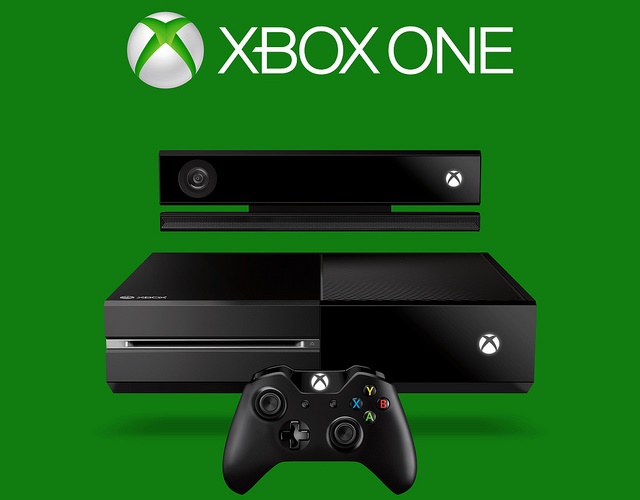Straw Poll Wednesday: Are you buying an Xbox One?
The Xbox One is finally here! In a couple more days, you’ll finally have your hands on the sweet and slick next generation of games……or maybe not? Are you excited …
Read More
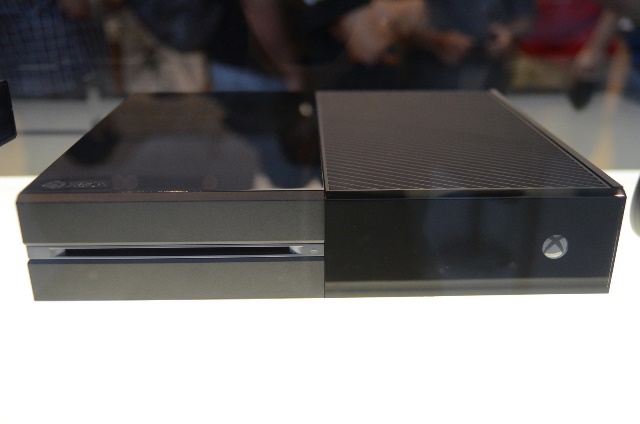 13 years ago
13 years ago
Opinion: No sense in worrying about third-party DRM
You’re angry, and I can understand that. You didn’t much care for Microsoft’s announcement last month that its next-generation console, the Xbox One, will feature oppressive DRM measures. The once-every-24-hours online check-in when playing on your own console and the once-an-hour check-in when playing on someone else’s is only slightly less draconian than what the public was fearing would be announced. On top of that, publishers will also have the option to limit gamers’ ability to buy, sell and trade used games.
The anger is based on the gaming public’s deduction that Microsoft’s goal is to minimize the used game market on the Xbox One. And while it does not appear poised to put forth any mandates to make that happen, it will be giving publishers, itself included, a host of new tools that will make it possible to achieve that goal. It would seem, then, that the public is right to be angry. It’s right to remain angry, too.
On Monday of last week I took my seat at University of Southern California’s Galen Center and watched as Microsoft talked about precisely what it said it would at E3: the games. That’s great, because the games are ultimately — or should be, at least — the main reason anyone decides to invest in a new gaming platform. It’s also bad, though, because it meant the platform holder did nothing to assuage gamer fears of an ironfisted Microsoft crippling the used game market.
That evening, rival Sony held its own press conference in which Sony Computer Entertainment America President and CEO Jack Tretton all but sat Microsoft Interactive Entertainment Business President Don Mattrick over a dunk tank and handed the audience softballs. Forget about bad. Things were now looking terrible for Microsoft.
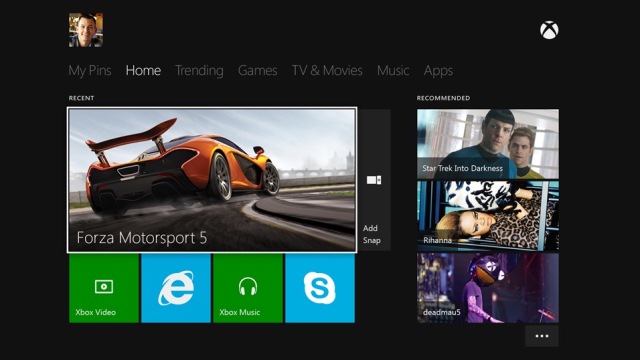 13 years ago
13 years ago
XBLA is going away, and that might not be so bad
Xbox Live Arcade is a dead platform downloading. Microsoft’s designated home for small and inexpensive downloadable video games will not make the jump to the next generation. When the Xbox One releases later this year, all of its video games will live in the same space. The nearly nine-years-old Xbox Live Arcade might continue to exist on the Xbox 360 and slowly fade away during the transitional year(s), or Microsoft might quickly yank it like a Band-Aid through a dashboard update. In either case, XBLA has been read its last rights.
One day soon, gamers everywhere will turn on their Xboxes and find all available games under an aptly named Games section of the dashboard. It’s tempting to read this move as another case of Microsoft pushing independent developers farther away from the green glow of the Xbox spotlight. It’s tempting to assume that the new dashboard will shine that light even brighter on big-budget game releases and multimedia options, and that may well end up being the case. However, some indies, believe it or not, actually enjoy working with Microsoft. Additionally, Microsoft’s Phil Spencer told Eurogamer that he feels the new layout, which includes a recommendation system, will “solve fantastically some of the challenges that independent developers face, particularly around discovery and connecting their game to an audience, by some of the platform features we have in the machine itself.”
We’ll have to check back in a few years into the Xbox One’s life to verify whether or not Spencer spoke truly — but no one wants to wait that long. So here and now, what does the elimination of Xbox Live Arcade mean? Will it continue the Flight of the Indies? Or will it better a system that obviously has more than a few kinks and bring back the downtrodden and departed?
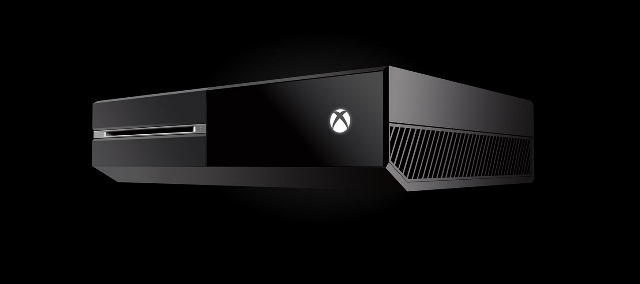 13 years ago
13 years ago
Xbox One roundtable: Our thoughts on the big unveiling
Yesterday, Microsoft pulled back the curtain on its next-generation home game console. Dubbed “Xbox One,” the machine will hit retail shelves at an unannounced date later this year. With E3 right around the corner, Microsoft held back much of its next-generation software, among other things. Still, much was shown and discussed during the console holder’s presentation, and XBLAFans has more than a few feelings towards it all. Read on to find out how we’re feeling about the Xbox One’s look, TV and Kinect focus, lack of game announcements and more.
Nick Santangelo: Let’s start with the obvious. Microsoft came right out and showed the new controller, Kinect sensor and console. Sony of course showed its PlayStation 4 controller back in February but not the console, so that was a pretty big departure. Were you guys happy to see what the box actually looks like? Does that matter to you? Did you like the hardware design?
Ryan Thompson: I thought the design was excellent. I especially enjoyed the textured analog sticks on the controller, which are taking a beat from the MLG Pro Controller, it seems.
Shawn Saris: It was nice to see. It looks like what I had expected. They kept it pretty straightforward, although it does seem a little bland, more like a cable box and not a console full of power.
Shawn Ryan: It’s a bit boxy, but I personally love how it looks. I don’t mind the size either. The controller looks like a great evolution of the 360 design, and to me it just looks “next-gen.”
Ryan Thompson: “Like a cable box” is an excellent observation. (Editor’s note: Perhaps “like an alarm clock” is a more apt comparison.)
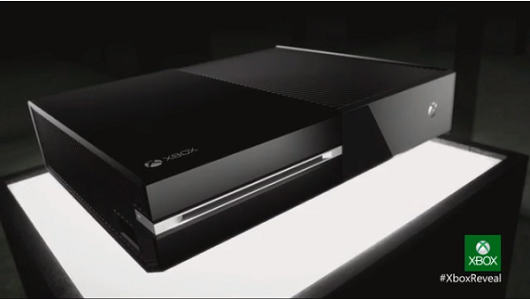 13 years ago
13 years ago
Xbox One unveiled
After years of waiting and speculating on the part of gamers and the press, Microsoft President of Interactive Entertainment Business Don Mattrick today unveiled the company’s next-generation console, the Xbox One, at an event broadcast live from Microsoft’s Redmond, WA campus. The new console, which will launch worldwide later this year, is the successor to Microsoft’s Xbox 360 console, which launched in November of 2005. The Xbox One is Microsoft’s third home video game console, with the original Xbox having been launched in November 2001.
In a stark contrast from competitor Sony’s PlayStation 4 unveiling, Microsoft showed the world what the Xbox One console (pictured above), controller and Kinect sensor looked like almost immediately at the start of the event. All three piees of hardware are primarily black, with the Xbox One and Kinect sensor having hard rectangular shapes. The new controller appears similar in shape to the old one, but has an improved d-pad, triggers and more. Microsoft promised that there are 40 design innovations in the new controller.
Though much of the show failed to focus on actual games, Phil Spencer, corporate vice president of Microsoft Studios, revealed that Microsoft is working on more than a dozen Xbox One games. “We have more titles in development now than in any other time in Xbox history,” said Spencer. “I’m proud to announce that Microsoft Studios plans to release 15 new games in the first year of Xbox One.” Spencer stated that eight of those titles are brand new franchises.
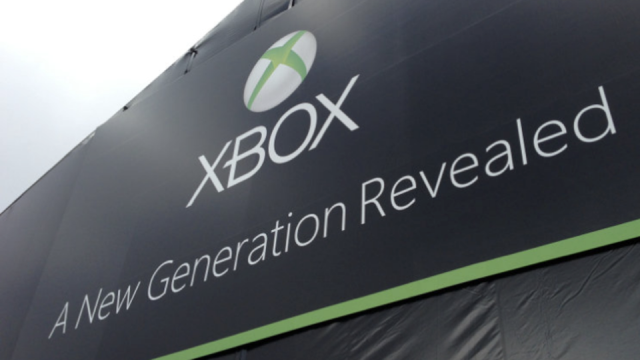 13 years ago
13 years ago
What do developers want from the next-gen XBLA?
Tomorrow at 10 am PDT, Microsoft will likely tell us all some things we already know. The Xbox creator will also tell us plenty that we don’t already know. Some rumors will probably be proven true, others false. New games and features will be discussed and, in some cases, shown. Ultimately, the curtain is going to fall on Microsoft’s event before the public hears everything it wants to hear. Microsoft is only going to tease us, with a more complete showing of all its console plans for the years ahead not coming until the console holder’s traditional pre-E3 media briefing on June 10.
But tomorrow we will know something we don’t know today. We’ll know something about what direction Microsoft plans to steer the Xbox brand in over the course of the next generation. Sitting here right now, I can honestly say that I know nothing more than any other gamer who’s followed the supposed leaks over the past few years knows about what we’re going to see tomorrow. Rather than make educated guesses about what might be shown tomorrow and at E3, XBLAFans is following up last week’s look at how developers feel about XBLA as it currently stands by having them speak about where they want to see it go in the next generation.
During PAX East this past March, we cornered six game developers and asked them one question: If you could change any one thing or add any one feature to the next-generation version of Xbox Live Arcade, what would it be?
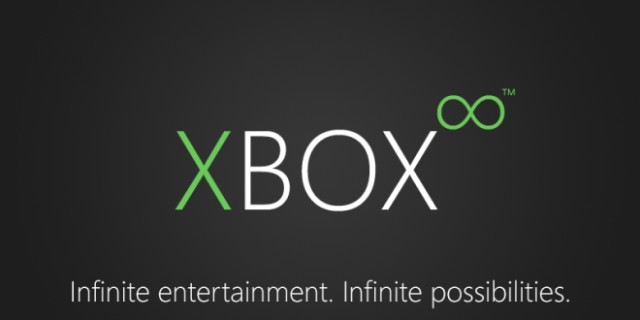 13 years ago
13 years ago
Rumor: Next Xbox may be named Xbox Infinity
A new supposedly ‘leaked’ image suggests that the next Xbox will be named the Xbox Infinity. The image appeared on Reddit with The International Business Times claiming the console …
Read More
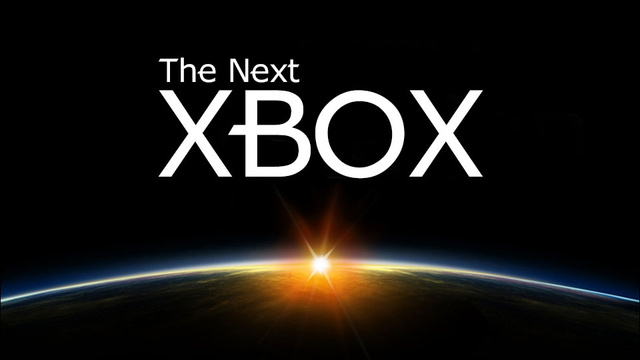 13 years ago
13 years ago
Sources detail rumored features for next-generation Xbox
Trusted sources of Polygon have advised the site of some interesting features that may be in store for Microsoft’s next-generation Xbox console. According to these sources, the console will feature some form of anti-piracy protection, media-sharing capabilities, and a new approach to the Xbox 360’s social aspects.
Polygon’s sources claim that the next Xbox will indeed include some form of an always-on requirement. While many of the key features of the next Xbox are understood to require internet connectivity for use, it’s believed that piracy protection is almost certainly driving the requirement. However, it’s not necessarily mandatory; the sources claim that, under Microsoft’s existing guidelines, the decision to implement this Digital Rights Management (DRM) is ultimately down to the individual publisher.
As with Sony’s PlayStation 4, it’s believed that the ability to share captured gameplay videos and screenshots is an important feature of the next-generation Xbox. While Sony has implemented a “Share” button on its revised DualShock controller that enables footage capture once it’s pressed, Microsoft has reportedly opted for a different approach. According to Polygon’s sources, the new Xbox will capture footage automatically during play in a similar fashion to a television DVR, allowing players to revisit the footage at their leisure. The sources also claim that users can upload clips to social-media sites like YouTube.
Polygon’s sources also contend that publishers have more control over achievements with the next-generation Xbox, including the ability to add new achievements without needing to update the title with DLC. It’s believed that this rumored design element is intended to tweak player behavior over the course of a game’s lifetime, such as encouraging the visitation of new areas or unpopular maps. Other rumored changes to the achievement system include seasonal achievements for, say, a weekend event, or contributing to a communal goal such as a combined total of kills over a weekend. It’s also understood that there may be achievements tied to paired accomplishments in unrelated games from the same publisher. Polygon understands that some of these new types of achievements may even be required in all next-gen Xbox games.
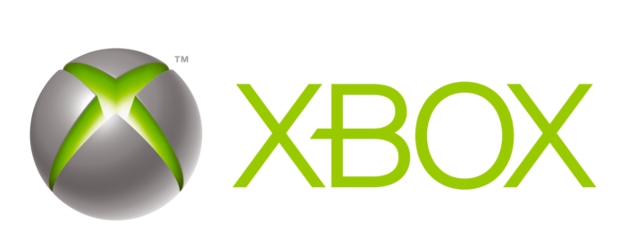 13 years ago
13 years ago
Microsoft holding invite-only ‘Xbox Platform Deep Dive’ session
The next Xbox, despite what public statements made by Microsoft over the last couple of years might lead the uninformed to believe, is coming. We don’t know exactly when, but common sense places its release at some point during the fall of this year. We don’t know exactly when it will be announced, but rumors are pointing to an April event. We don’t know exactly what the machine will be capable of, but an Australian hacker claims to know what’s inside the box.
The Wii U is out. Sony has shown its hand with its PlayStation 4 event last month. Valve spent January telling the world about what the press and public have not-so-cleverly dubbed the Steam Box, which may or may not be competition for the Xbox brand.
Still, Microsoft has issued nothing but denials or no comments each time it has been questioned about a next-generation rumor. But Microsoft is discussing the Xbox — not necessarily the next one — right this very moment.
As this article was being written, the company was busy holding an internal meeting with select partners at its Redmond, Washington headquarters. The invite-only session is titled “Xbox Platform Deep Dive” and is part of a series of meetings that make up the 2014 fiscal year version of a conference Microsoft holds annually.
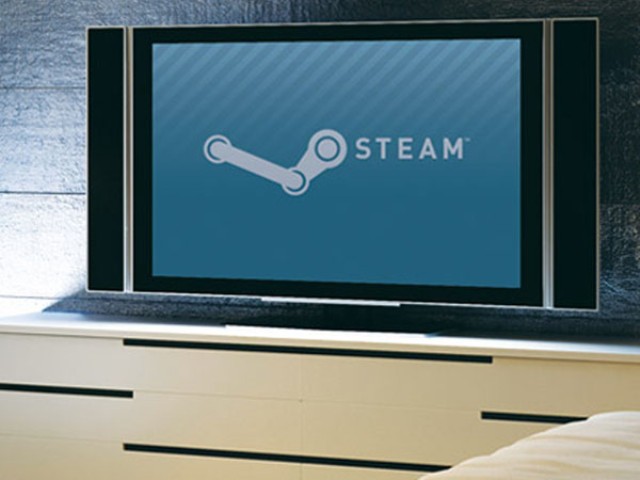 13 years ago
13 years ago
Head of Xbox division doesn’t view Valve ‘Steam Box’ as a console competitor
Seemingly everyone’s favorite PC developer-publisher hybrid, Valve, is planning to ship out prototypes of its so-called “Steam Box” micro gaming PCs within four months’ time. The Steam Box — of which there will be many varieties produced by different manufacturers, including one from Valve itself — aims to transplant the PC gaming experience into a living room near you.
Dedicated game consoles have dominated that space ever since the Nintendo Entertainment System brought the industry back from the precipice of what many prognosticators of the time thought was a no-continue bottomless pit the home console business had fallen into in 1985. Microsoft entered the console business in 2001 and has been anything but shy about its designs on owning the living room. Its next console, believed to be launching this holiday season, is no doubt being discussed by some individuals in Redmond this very moment. In addition to the usual competition from Nintendo and Sony, Microsoft’s next-gen Xbox will have to deal with Valve’s boxes attaching themselves to the back of consumers’ televisions like some sort of hidden bloodsucking leach.
Microsoft isn’t worried.



